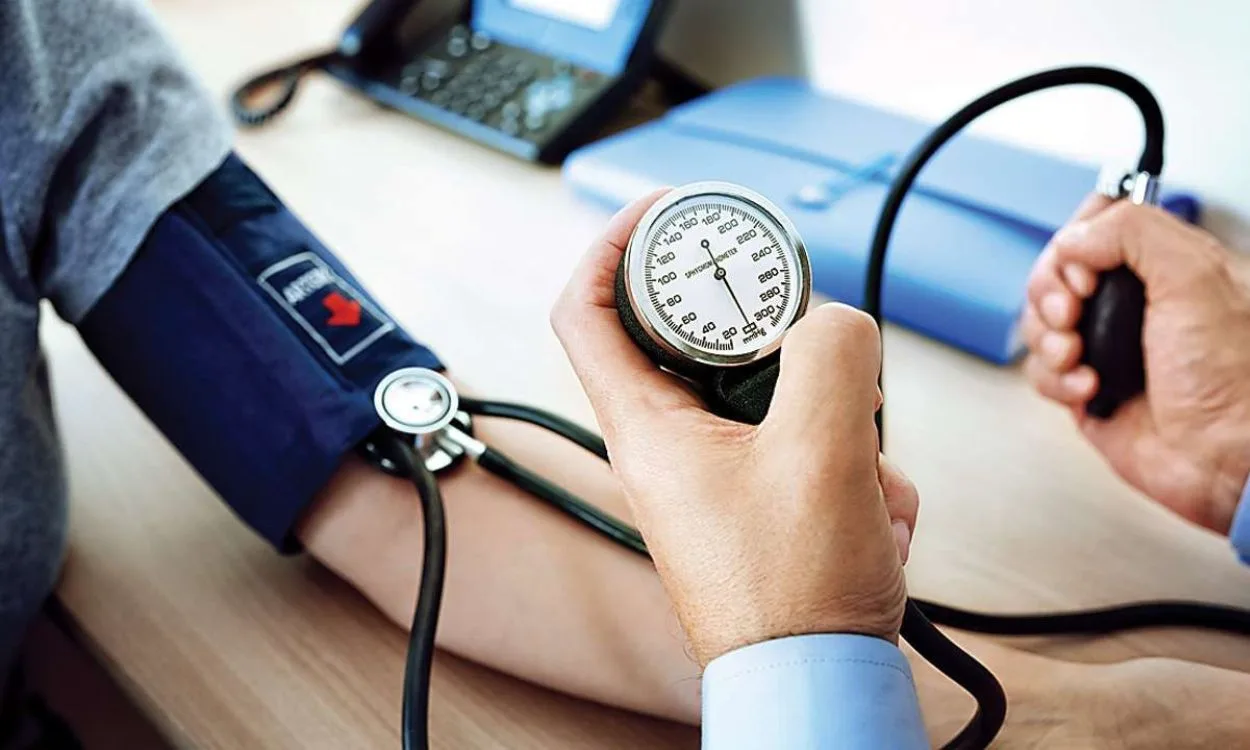From Inactivity to Action: Understanding the Link Between Physical Inactivity and Hypertension Risk
Physical inactivity has become a major concern in today’s sedentary lifestyle, especially in the Indian population. Lack of regular physical activity can have detrimental effects on our overall health, including an increased risk of developing hypertension, commonly known as high blood pressure. In this article, we will explore the relationship between physical inactivity and hypertension risk and understand how a sedentary lifestyle can have a negative impact on our cardiovascular health.
Sedentary Lifestyle and Hypertension
- Increased Blood Pressure: Physical inactivity leads to a decrease in physical fitness and endurance, resulting in higher resting blood pressure levels. Regular exercise helps strengthen the heart muscle, making it more efficient in pumping blood and reducing the pressure on the arteries.
- Weight Gain and Obesity: Lack of exercise contributes to weight gain and obesity, which are significant risk factors for hypertension. Excess body fat puts additional strain on the heart and blood vessels, leading to elevated blood pressure levels.
- Insulin Resistance: Physical inactivity is associated with insulin resistance, a condition where the body’s cells fail to respond adequately to insulin. Insulin resistance not only increases the risk of developing type 2 diabetes but also contributes to hypertension.
- Poor Circulation: Sitting or being inactive for prolonged periods can impair blood circulation, leading to the formation of blood clots and plaque buildup in the arteries. These factors can restrict blood flow and increase blood pressure.
- Stress and Mental Health: Lack of physical activity can also contribute to stress and mental health issues, such as anxiety and depression. Chronic stress and poor mental well-being are known to elevate blood pressure levels and increase the risk of hypertension.
Breaking the Cycle: The Role of Physical Activity
Regular physical activity and exercise play a crucial role in managing and preventing hypertension. Here’s how:
- Strengthening the Cardiovascular System: Engaging in aerobic exercises, such as brisk walking, jogging, swimming, or cycling, helps improve cardiovascular fitness, lowers blood pressure, and reduces the risk of developing hypertension.
- Weight Management: Regular physical activity helps burn calories, maintain a healthy weight, and reduce the risk of obesity-related hypertension. Combining exercise with a balanced diet can further enhance weight loss efforts.
- Improved Insulin Sensitivity: Exercise enhances insulin sensitivity, allowing the body to utilize glucose more efficiently. This can help prevent or manage insulin resistance, reducing the risk of hypertension and type 2 diabetes.
- Better Blood Circulation: Physical activity stimulates blood flow, preventing the formation of blood clots and reducing the strain on the heart and blood vessels. This promotes healthy blood pressure levels and reduces the risk of cardiovascular diseases.
- Stress Reduction: Exercise is a natural stress reliever, promoting the release of endorphins, also known as “feel-good” hormones. Regular physical activity helps manage stress, anxiety, and depression, indirectly contributing to better blood pressure control.
Fitpaa: Your Path to a Healthier Lifestyle
Now that we understand the detrimental effects of physical inactivity on hypertension risk, it’s crucial to prioritize regular exercise and an active lifestyle. Fitpaa, an AI-driven health and fitness app, can be your trusted companion on this journey. Here’s how Fitpaa can help:
- Personalized Fitness Plans: Fitpaa offers personalized fitness plans tailored to your individual needs and goals. With the guidance of expert fitness coaches, nutritionists, and doctors, you can create a comprehensive exercise routine that suits your lifestyle.
- Metabolism Monitoring: Fitpaa’s advanced metabolism monitoring technology assesses your current metabolism and identifies the root causes of your health condition. This information helps in creating a customized fitness plan that optimizes your metabolism and aids in achieving your health and fitness goals.
- Real-time Guidance and Motivation: The Fitpaa app provides real-time guidance, habit-building techniques, and timely reminders to keep you motivated and focused on your fitness goals. The app incorporates cognitive-behavioral therapy principles to inspire and guide you throughout your fitness journey.
- Comprehensive Tracking Tools: Fitpaa offers a range of tracking tools, including a virtual workout trainer, diet tracker, performance tracker, and progress tracker. These tools help you monitor your progress, stay accountable, and make necessary adjustments to your fitness plan.
- Expert Support: With Fitpaa, you have access to a team of fitness planners, nutritionists, trainers, and doctors who provide unlimited consultations, daily follow-ups, and weekly reviews. This expert support ensures that you stay on track and achieve your health and fitness goals effectively.
Don’t let physical inactivity contribute to hypertension risk. Take charge of your health and download the Fitpaa app today. Start your journey towards a healthier, fitter, and more fulfilling life. Remember, your well-being is our mission, and together, we can achieve your health and fitness goals with guaranteed results.









